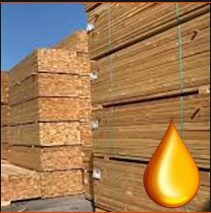Understanding the Current Lumber Wood Prices

Lumber Wood Price: A Comprehensive Guide
April 8, 2023
The Ultimate Guide to Understanding Wood Lumber Prices
April 8, 2023Factors Affecting Lumber Wood Prices
Supply and Demand Dynamics
Lumber wood prices have been on the rise in recent years, with many homeowners and builders feeling the impact. If you’re in the market for lumber wood, it’s important to understand the factors affecting current prices. Contact Now
One major factor affecting lumber wood prices is supply and demand dynamics. As the housing market continues to boom and new construction projects increase, the demand for lumber wood has surged. At the same time, factors such as the COVID-19 pandemic and wildfires have caused disruptions in the supply chain, leading to a shortage of lumber wood.

Trade Tariffs and Government Policies
Another factor affecting lumber wood prices is trade tariffs and government policies. The imposition of tariffs on Canadian lumber by the United States government has resulted in increased costs for American consumers. In addition, government policies related to forest management and harvesting can impact the availability of lumber wood.
Market Speculation and Future Outlook
Finally, market speculation and future outlook can also impact lumber wood prices. Investors and traders in the futures market can drive up prices based on their expectations for future demand and supply. It’s also important to keep an eye on trends in the housing market and construction industry, as these can provide clues about future lumber wood prices.
Meta description: If you’re in the market for lumber wood, it’s important to understand the factors affecting current prices. This comprehensive guide covers everything you need to know about lumber wood prices, from supply and demand dynamics to trade tariffs and government policies. Keep reading to stay informed and make informed purchasing decisions.
